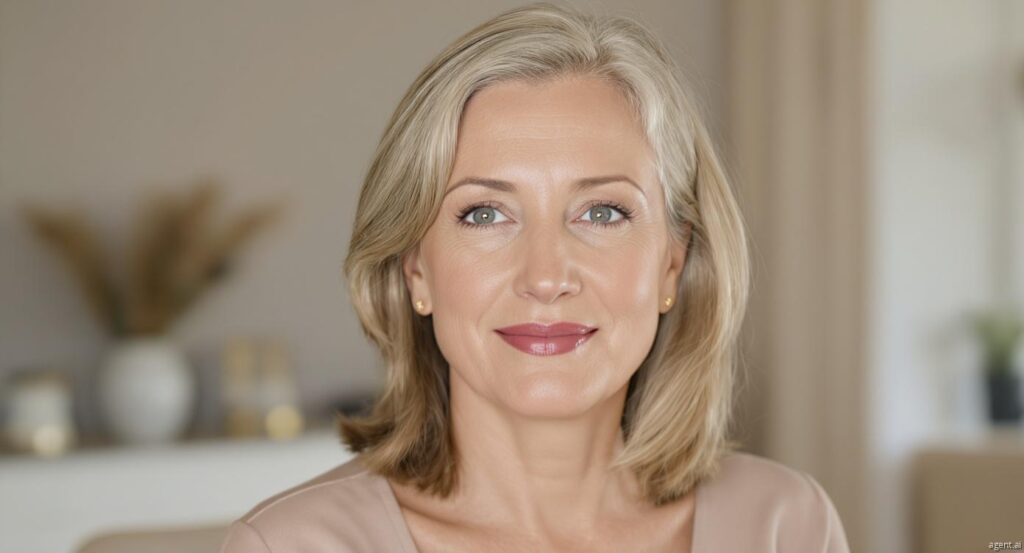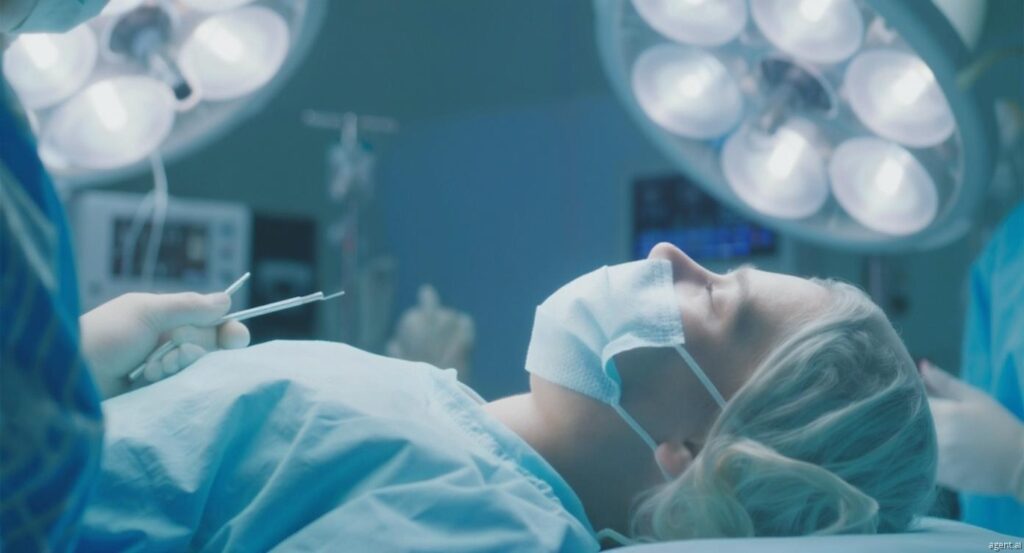The age-related changes in the human face are usually considered as the ones happening on the surface—fine lines, wrinkles, skin sagging, pigmentation, and hollow cheeks. Nevertheless, the truth is that it goes much deeper. The process of facial aging is a biological one that involves different layers of the face, and therefore, the changes on the skin, the fat pads, the muscles, and even the bone structure supporting the face are all part of it.
Knowing this layered aging, patients can decide what kind of treatments will be the most effective for them, whether that be plastic surgery in Jaipur, injectables, or some advanced skin procedures.
In Jaipur, a surgeon like Dr. Aakansha Vashistha, who is known for her subtle and natural results in cosmetic surgery, works on educating patients about these deeper mechanisms so that the right treatment can be selected and tailored to each individual.
Breaking it down, which changes happen to each layer of the face over time?

1. The Skin: Loss of Collagen, Elasticity & Hydration
Skin is the external protective layer and the very first area where the signs of aging can be observed.
What changes take place when we grow old?
• Collagen depletion: Collagen goes down by 1–1.5% each year after the mid-20s. As a result, the skin becomes thinner and less resistant.
• Elastin breakdown: The main cause of wrinkles, crow’s feet, and skin sagging is the loss of elastin.
• Reduced hyaluronic acid: The skin gets less moisturized and loses its brightness; thus, the youthful glow is no longer there.
• Damage from the sun: The UV exposure speeds up discoloration, age spots, and roughness.
Visible signs
• Fine lines around the eyes and mouth
• Dimensional damage and enlarged pores
• Skin tone irregularities and pigmentation
Typical treatments
Chemical peels, lasers, microneedling, PRP, anti-aging facials, and occasionally more profound resurfacing methods.
2. Fat Pads: Shifting, Shrinking & Sagging
Right under the skin are fat compartments responsible for the face’s shape. The faces of the young have fat that is evenly distributed; thus, they look naturally full.
What do we know about the aging process?
• The fat pads start to shrink, change their position, or separate from one another.
• As a result of the natural support disappearance, the following occur:
o Hollow under-eyes
o Deep laugh lines (nasolabial folds)
o Jowls sagging along the jawline
o Flattened cheeks
Is there a reason for this?
Gravity is partly to blame, but the main factor is the weakening of the fibrous septa (connective tissues) that support the fat pads.
What are the methods that can help?
Dermal fillers, fat grafting, non-surgical lifting, and facelift operations for the most severe cases.

3. Muscles: Repetitive Contractions & Volume Loss
Facial muscles are the most powerful ones; they are involved in expressions such as smiling, frowning, blinking, chewing, and even when we sleep.
Aging effects on muscles
• The overuse of the same muscles will form dynamic wrinkles that later on will become static ones.
• In some areas (forehead, between the eyebrows) the muscles might become tighter, while in others (lower face) weaker.
• On top of that, muscle loss, which supports the face, can only aggravate the problem of sagging and make the laugh lines deeper.
Treatments
For overactive muscles, Botox is the answer, and for deeper muscular relaxation, surgical tightening is the solution.
4. Bone: The Hidden Architecture That Shrinks With Age
One of the most significant factors that contribute to aging is at the same time one of the least acknowledged—bone loss.
How facial bones change
• The eye sockets become bigger.
• The cheekbones lose their projection
• The jawbone gets narrower and shorter.
• The chin decreases in size
All these changes result in the disappearance of skin that is saggy and tired-looking; thus, the face appears to be increasing in age.
5. Why is it so important?
The reason behind this is that bone loss can make the face look older even if you treat the skin or fat.
Hence the need for structural rejuvenation, such as implants or deep-plane facelifts, which are sometimes advised in cases of severe aging.
6. Why Knowing These Layers Is Important
It is not “just loose skin” that is aging.
Aging is a 4-layer degeneration process where every layer needs a different approach.
This is the main reason why modern plastic surgery in Jaipur is more about combination treatments than a single method. Such as skin tightening + fillers + muscle balancing + structural correction. Specialists like Dr. Aakansha Vashistha customize the intervention based on which particular layer and to what extent that layer has aged.

Summary
The beginning of a real anti-aging treatment is the understanding of the science behind what is changing. Skin, fat pads, muscles, and bone all contribute to facial aging in unique ways. Only a holistic evaluation can guarantee that the solutions offered will be natural, balanced, and lasting.
If you want a facial rejuvenation that is scientifically sound and customized to you, the modern cosmetic surgery in Jaipur are the ones who, with the help of advanced diagnostics and treatment planning, can give you back your youthful, confident look.

